Long distance migratory birds that use the African Eurasian flyway have been in serious trouble for at least a few decades, more so than their counterparts that travel shorter distances.
Major declines have been observed for a number of species – including popular symbols of spring, such as the Nightingale – that fly each year between breeding areas in Europe and Asia and non-breeding areas south of the Sahara.
These declines are caused by a variety of factors at different parts of the flyway. In breeding grounds, species are affected most by habitat degradation, especially birds that depend on farms, woodlands and forests.
Birds that breed and feed in agricultural landscapes are often the most threatened, as they are also at risk from intensive farming (which uses more pesticides and grows fast-growing crops), loss of small landscape elements (such as certain species of flower or bushes) and loss of diversity in the landscape.
For example, the Nightingale’s population dropped by 63% from 1980 to 2009, according to the Pan European Common Bird Monitoring Scheme.
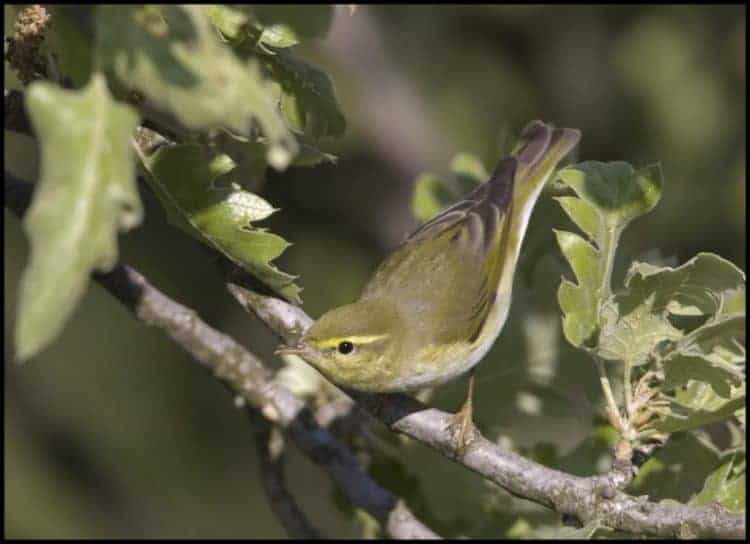
In non-breeding areas in Africa, the combination of human-induced habitat degradation, climate change and droughts in the Sahel zone are causing a drop in numbers.
Migratory birds are important to save not only to protect biodiversity and the wonders of nature. These species are indicators of the state of the environment: they need the environment to be in a good state along their flyway, and any degradation impacts their numbers and behaviour. Thus, they can help promote awareness and support for action on broader environmental issues such as habitat loss, agricultural intensification and climate change.
Not surprisingly, the conservation of migratory birds provided one of the main reasons for the birth of BirdLife International. The international dimension of the threats and the need for conservation measures beyond national boundaries are most powerful and compelling arguments for stronger collaboration between BirdLife Partners on a flyway scale.
To strengthen the cooperation, last year the BirdLife Partners in Africa, the Middle East, and Europe and Central Asia developed the 2020 Strategic Framework for flyway conservation. For the first time, BirdLife now has a strategic framework for the conservation of birds along the flyway that brings the three regional Partnerships together.
The issue is urgent: there have been two phases of decline of migratory birds in the last 50 years. The first crisis of numbers was observed in the 1960s-1970s and continued for many species into the ’80s. Birds spending the non-breeding season (winter) in the arid Sahel zone, such as Common Whitethroat (19% population decline from 1970 to 1990), were most affected.
The second decline since the 1980s has mostly affected species such as the Wood Warbler (33% decline in population from 1980-2009) that choose the humid tropics and Guinea forest zone during the non-breeding season.
BirdLife’s major flyway initiatives focus on man-made dangers to birds by safeguarding migratory species from being killed or injured in collisions with energy infrastructure and protecting them from illegal killing and poisoning.
Another important initiative is the raising of awareness through ‘Spring Alive’, a BirdLife International project where teachers and children from more than 50 countries learn about migratory birds and exchange observations. It aims to encourage children’s interest in nature and the conservation of migratory birds and to get them to take action for birds and other wildlife through events organized by BirdLife Partners.
The collaboration is further strengthened by the Partners cooperating on migratory bird conservation in three sub flyways: the East Atlantic Flyway, the Mediterranean Flyway and the Black Sea-Rift Valley Flyway.
Using this strategic framework as a basis for action, Partners are encouraged to step up their national work to conserve migratory birds, engage with and support other Partners where conservation interests are shared, and work internationally in collaboration with other Partners on the flyway.
This article was first published by BirdLife International on 11 Mar 2016.
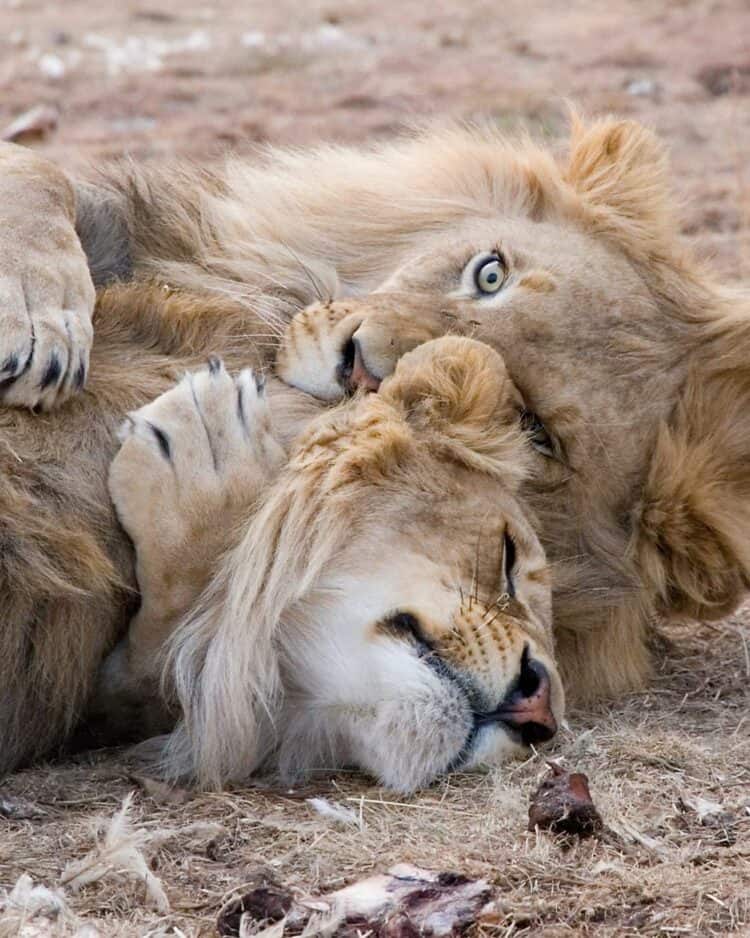

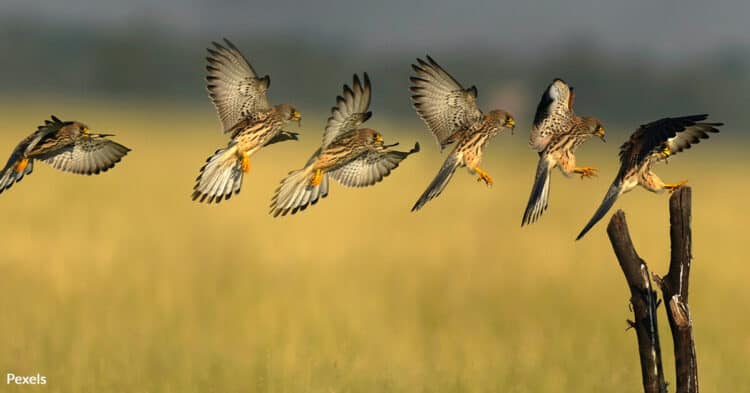
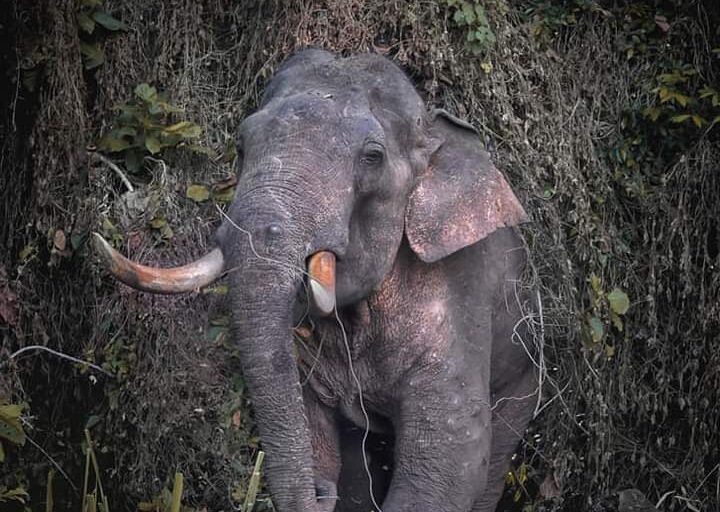

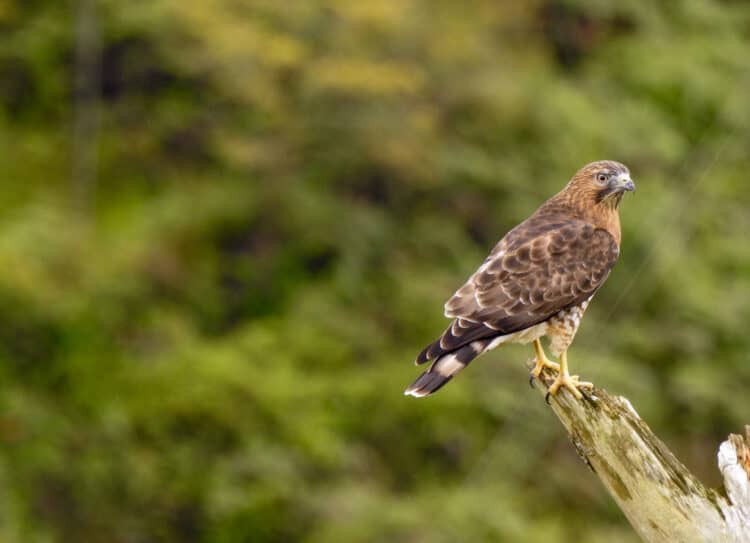
Leave a Reply